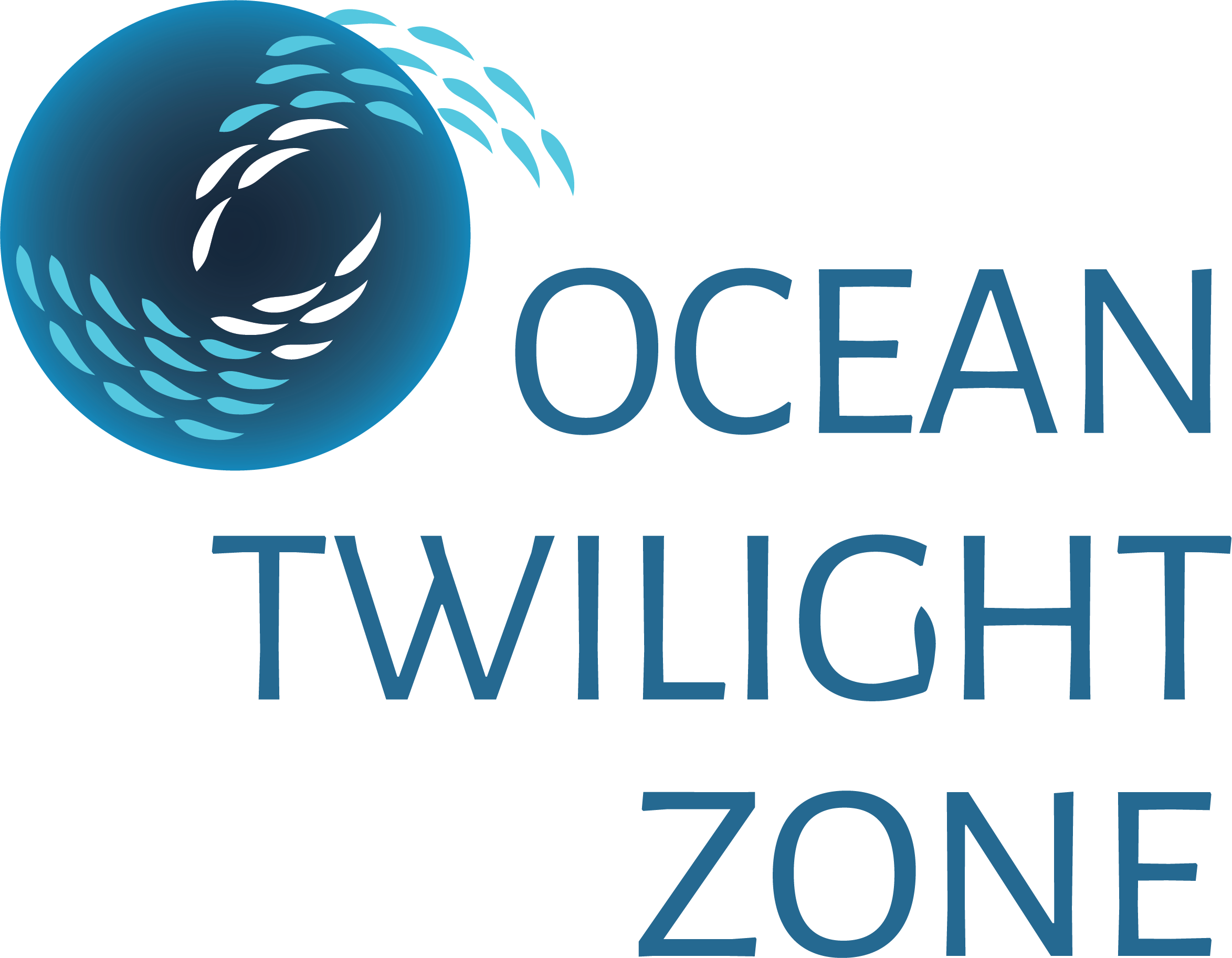
Below the sunlit surface, there’s a realm known as the ocean's “twilight zone.” At 200 to 1000 meters below the surface, sunlight is barely a glimmer, yet flashes of bioluminescence give us a clue that these waters teem with life. Through a new initiative of the TED foundation, the Audacious Project, WHOI has received funding to explore this vast and unexplored region of our oceans. Ken, and others, will be working over the next few years to develop technologies and scientific methods to explore this difficult to reach area. Highlighted below are some news from Cafe Thorium. Please see the WHOI Ocean Twilight Zone webpage for more information about the project. See below for more information on how Café Thorium is contributing to this project.
NEW NEWS
Where does the carbon Go? A new article on the Ocean Twilight Zone webpage helps explain.
In August 2022 the OTZ team embarked on a 3-ship cruise out of Woods Hole to study the twilight zone. Cafe Thorium sent 5 people on this voyage aboard the r/v Endeavor, with other affiliated team members (M. Omand) aboard the r/v Bigelow with Minions. The Endeavor carried our lab van (Cafe Thorium!) with Steve Pike running McLane Large Volume Pumps, Post-doc Wokil Bam in charge of a Surface Tether drifting sediment trap, post-doc Elena Ceballos working with UVP cameras and the TZEXII float, PhD student Samantha Clevenger processing thorium and other filter samples, and post-doc Clarissa Karthauser analyzing particle respiration rates among other things.
Read more about the adventure HERE.
In May 2021 the team embarked on an unprecedented 3-ship excursion in the North Atlantic in conjunction with the EXPORTS project. Read about their rockin' and rollin' adventures HERE where you can "Dive and Discover." A specific entry by Ken Buesseler "Our Three Hour Tour" is also featured on the NASA Exports page.
Carbon & Climate Change
Café Thorium will be addressing how carbon behaves in the ocean. Understanding how Earth will respond to increasing carbon dioxide emissions is arguably the most significant scientific question of our era. Changes we are already witnessing, plus likely pressure from commercial fishing operations, will affect critical twilight zone processes that move carbon from the surface to deep waters where it is sequestered for hundreds or thousands of years. Our goal is to unravel controls over the flow of carbon through the twilight zone to improve predictions of how climate change will play out there in the future.
New Technologies: Minions & TZEX (II)
An explosion of new technologies is revolutionizing oceanography and providing unprecedented access to once inaccessible places such as the twilight zone. We plan to use and extend these technologies, including autonomous robots, remotely operated vehicles, autonomous floats and profilers, and the sensors they carry, to address key questions about twilight zone biomass and biodiversity, food web dynamics, animal life history and behavior, and carbon cycling and climate connections. We also aim to link these tools into an “underwater internet” that will help inform scientific exploration, public engagement, and policy decisions.

In a project led by Melissa Omand (U. Rhode Island), Ken Buesseler has been collaborating on the development of MINIONS. These are small, inexpensive devices that can be deployed by the dozens at sites throughout the ocean twilight zone to take pictures of falling carbon particles, what we refer to as marine snow. A MINION, short for MINiature IsOpycNal floats is a small, neutrally buoyant float. Each is carefully ballasted to sink to a specific depth in the ocean, where it will drift along with the currents, taking pictures of marine particles as they fall past the MINION and through the twilight zone into the deep ocean.
Read more about MINIONS on their FIRST real open ocean deployment in the North Atlantic: Small but mighty Minions. Another article from WHOI magazine Oceanus can be found here: Chasing Ocean Snowflakes, Oceanus, March 7, 2019 OR Watch the video below!
More information on Melissa's work can also be found here: https://momand7.wixsite.com/omandlab/platforms where she has brief descriptions of Minions and other technologies used in the Omand Lab.
Minion Robots in the Ocean
Larger Contex
In the larger context, Minions and sound sources will help create a large observation network for a better 'view' of the twilight zone. More information about this network (shown in the figure below), can be found at the WHOI press room: New observation network will provide unprecedented, long-term view of life in the ocean twilight zone
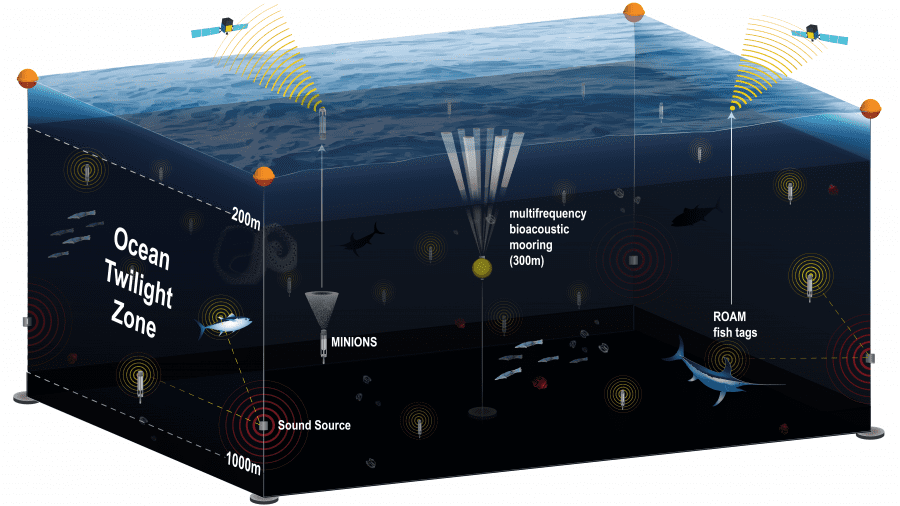
Why are we studying the Ocean Twilight Zone? Watch WHOI Researcher Heidi Sosik present at TED.
On This Page
Funding
This project is funded under a unique model called the Audacious Project; a new model to inspire change.

Publications
K. Buesseler, Jin, D., Lourantidou, M., Levin, D., Ramakrishna, K., Renaud, P. (2022) The Ocean Twilight Zone's Roll in Climate Change. J. Ausubel et al (eds), Woods Hole Oceanographic Institution, 32pp. DOI: 10.1575/1912/28074
News
Where Does the Carbon Go? Ocean Twilight Zone, WHOI, September 19, 2022
The Greatest Migration on Earth Happens Under Darkness Everyday, Scientific American, Aug. 1, 2022.
Nature Comment: The oceans’ twilight zone must be studied now, before it is too late: Exploitation and degradation of the mysterious layer between the sunlit ocean surface and the abyss jeopardize fish stocks and the climate
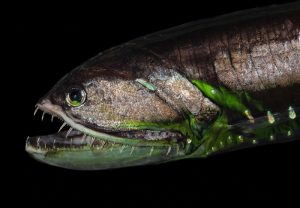
New Video produced by WHOI on Minion Technology.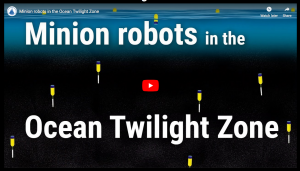
Read the fully Oceanus special Edition about the Twilight Zone.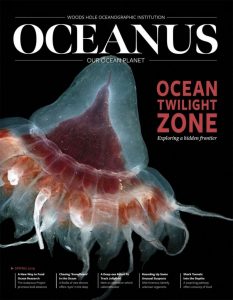
Collaborators
This project involves many researchers at WHOI, URI and Elsewhere. More information about each can be found on the following webpage: https://twilightzone.whoi.edu/work-impact/meet-the-team/
Cafe Thorium is working specifically with Melissa Omand at URI on the development of Minions!
